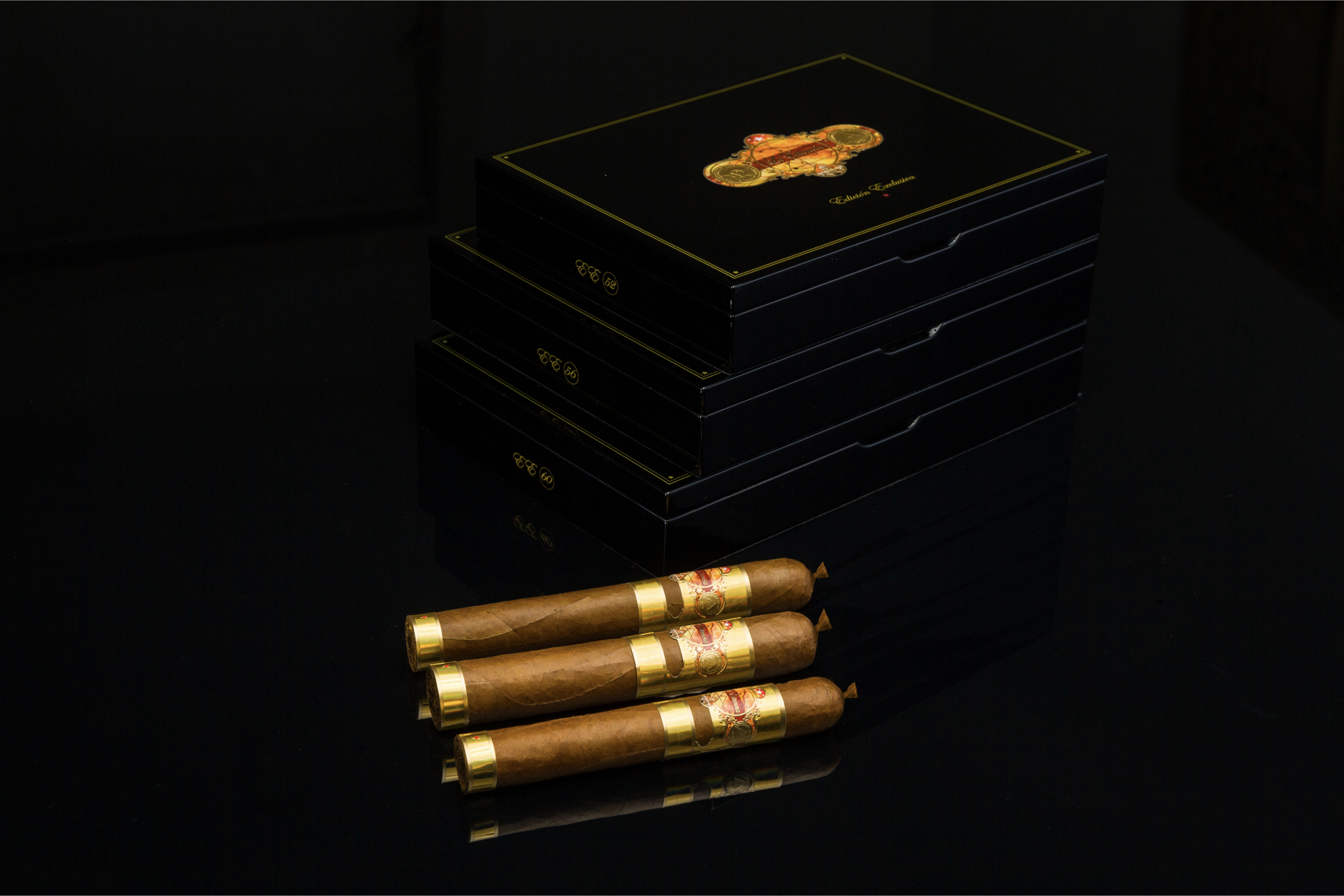Earlier this year, a new cigar line began to arrive on retailer shelves in Europe—La Estancia. There’s simply little in its name that makes the cigar exciting, but the who and the what are an entirely different case. La Estancia is a brand created by the Meerapfel family, one of the most storied names in the global cigar business, and the cigar is a hybrid: part Cuban, part non-Cuban.
Ever since the embargo on Cuban products began on 1962, cigar makers have wondered what will happen when the embargo ends. As decades have passed and the tobacco-growing operations in other countries has advanced, more focus has turned to the idea of pairing the uniqueness of Cuban tobacco with the flavors and styles of other tobaccos from other nations—something currently not offered by Cuba’s Habanos S.A.
The Meerapfels are not the first, they are not even the only ones offering a cigar with both Cuban and non-Cuban tobacco, but they are good candidates for being the first ones to succeed. In the U.S., those that recognize the Dutch name know it because of CETAC SA, the company responsible for producing the highest-quality African Cameroon tobacco. In Europe, the growing abilities of the 138-year-old company are not lost on people, but the family serves as the distributor for Arturo Fuente, Padrón and others. That distribution prowess is likely to prove the difference in the success of La Estancia.
“We were always waiting for the end of the embargo, but it seemed like the embargo is never ending,” said Jermiah Meerapfel. “We wanted to bring something new to the industry.”
Currently, the La Estancia is offered in two sizes: a Corona that retails for €6, and a Robusto that retails for €7. It is made at undisclosed factory in Honduras, using a Nicaraguan wrapper and filler tobaccos from Cuba, the Dominican Republic, Honduras and Nicaragua. Production is starting off small, but the company expects the cigar to be offered around the world, with the exception of the U.S., by the end of the year.
For the Meerapfels, these two sizes are just the start.
“You can’t put all the candy on the table,” said Meerapfel. He cautiously hinted that a Cameroon and Cuba hybrid was something the company was interested in, but not where they wanted to start. There is no Cameroon tobacco in La Estancia, largely because of the price. In order to keep the cigars at €6-7, using a Meerapfel Cameroon wrapper—arguably the most expensive tobacco used today—was out of the question. In addition, the use of Cameroon wrapper could also make Cuban customers shy away.
There will be a a shorter fat robusto added to the line at a later date, a size that has done well in Europe.
For the Meerapfels, there is a clear focus on offering these cigars as alternatives to Cuban cigars. The box-counts are 25, because that’s largely what Cuba uses, the sizes were chosen, because that’s what Cuban smokers consume and the blend was created in order to satisfy those smokers desires.



